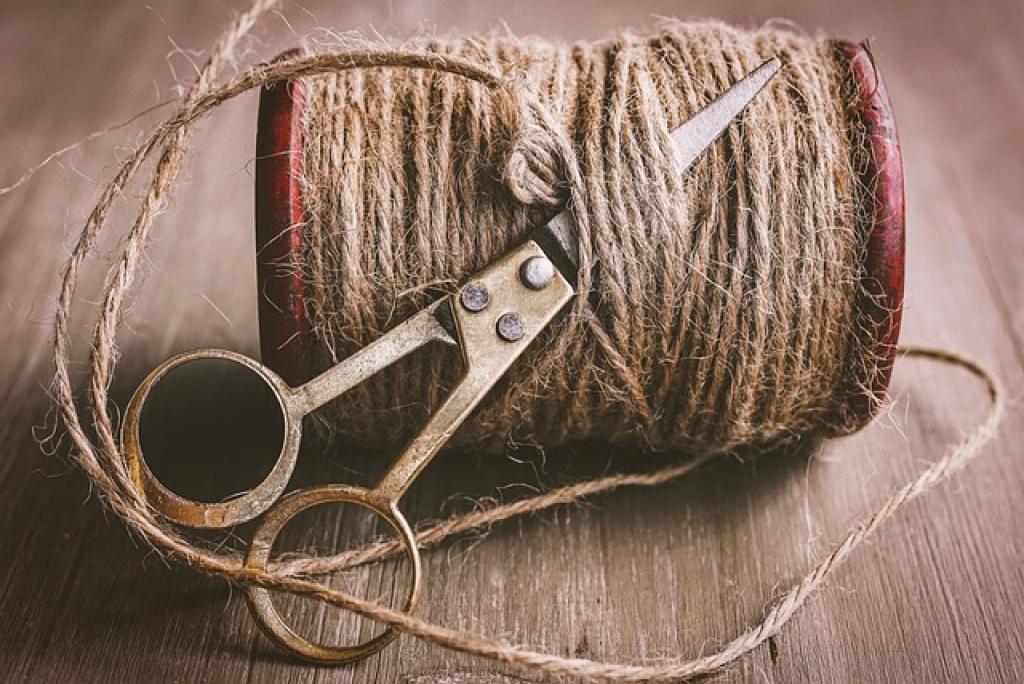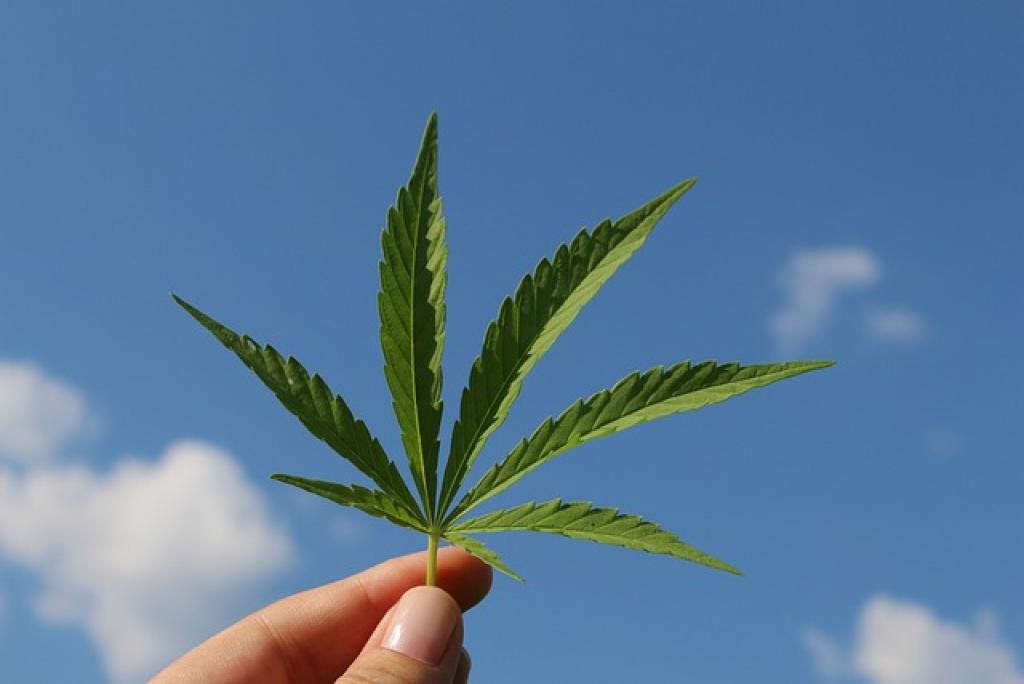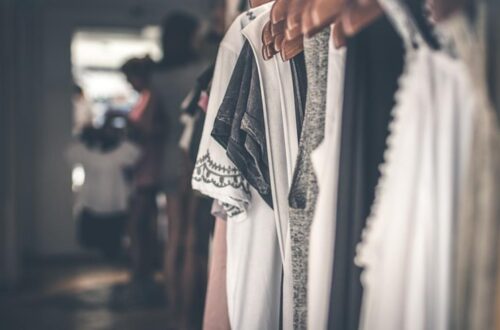Imagine a fabric that’s not only stylish and versatile but also sustainable and kind to our planet—that’s hemp. As the fashion world starts leaning towards eco-friendly alternatives, hemp fabrics are rapidly gaining the spotlight. Why? They’re durable, biodegradable, and have a much lower environmental impact than cotton or synthetic fabrics.
Let’s dive into the world of Hemp Traders, a leading source of high-quality hemp textiles. Whether you’re a fashion designer, an eco-conscious consumer, or simply curious, this guide will walk you through everything you need to know about hemp fabrics. From their benefits to practical uses and care tips, you’ll discover why these eco-friendly textiles are making waves.
Ready to embark on a greener journey? Let’s unravel the secrets of hemp fabrics and see how they can transform the way we think about clothing and sustainability.
How Hemp Fabrics Benefit the Environment
Hemp is truly a wonder plant when it comes to sustainability. First off, it grows incredibly fast, with some varieties reaching maturity in just 60-90 days. This means it can be harvested multiple times a year, unlike trees or other crops that take years to replenish.
What makes hemp even more eco-friendly is its ability to thrive without pesticides or synthetic fertilizers. The plant’s natural resilience reduces the need for harmful chemicals, making it better for the soil and waterways. Plus, hemp roots are fantastic soil conditioners. They prevent erosion and help restore vital nutrients back into the earth.
Water consumption is another major win for hemp. It requires about half as much water as cotton to grow, making it a more sustainable choice for regions suffering from water scarcity.
But the benefits don’t stop there. Hemp also traps carbon dioxide from the atmosphere, helping combat climate change. Every ton of hemp can absorb 1.63 tons of CO2, making it an effective carbon sink.
So, when you choose hemp fabrics, you’re not just making a fashion statement—you’re actively contributing to a healthier planet. Pretty cool, right?
Hemp Fabric Varieties and Uses
Hemp fabric isn’t a one-size-fits-all deal. There are several varieties and each one has its unique charm and utility. For starters, there’s traditional hemp canvas. This type is thick, durable, and perfect for items that need to withstand wear and tear, like bags, shoes, and even upholstery.
Then we’ve got hemp linen, which feels softer and looks a bit more refined. It’s breathable and moisture-wicking, making it ideal for clothing like shirts, dresses, and summer pants. Plus, it ages beautifully, becoming softer with each wash.
For those who love a bit of versatility, hemp-cotton blends are a great option. They combine the durability of hemp with the softness of cotton, resulting in fabrics that are both strong and comfortable. This blend is popular for everyday wear, including t-shirts, hoodies, and jeans.
Don’t forget about hemp jersey. Lightweight and stretchy, it’s often used for activewear and loungewear. It’s perfect for those lazy Sunday afternoons or a quick workout session.
Finally, there’s hemp silk, which is a luxurious blend of hemp and silk fibers. It’s elegant and has a soft sheen, making it a great choice for high-end fashion and special occasions.
So, whether you’re looking for something rugged or something refined, hemp fabric has a variety that can fit the bill. Neat, right?

Comparing Hemp Fabrics to Other Textile Materials
When you start comparing hemp fabrics to other textile materials, the differences are actually pretty striking. Let’s kick off with cotton, the most common fabric. Hemp is much more durable than cotton and can withstand many more washes without wearing out. Cotton, on the other hand, is softer initially, but it tends to degrade faster over time.
Switching gears to synthetic fabrics like polyester, the contrast is even more significant. Polyester is essentially plastic, making it less breathable and far from eco-friendly. Hemp, being a natural fiber, breathes well and is biodegradable, scoring major points in sustainability.
Hemp vs. Linen
Then there’s linen, a fellow natural fiber. Both are breathable and get softer with every wash, but hemp generally outperforms linen in terms of durability. However, linen sometimes gets the nod for its slightly smoother texture right out of the box.
Now, let’s consider wool. Wool is cozy and warm, perfect for winter, but it’s not something you’d want to wear in summer. Hemp is versatile enough to be worn across all seasons, thanks to its excellent breathability and moisture-wicking properties.
Finally, silk is another interesting comparison. Silk is luxurious and has a beautiful sheen, but it’s delicate and requires a lot of care. Hemp-silk blends offer the best of both worlds: the luxury of silk with added durability and easier care from hemp.
In a nutshell, hemp stands out for its longevity, eco-friendliness, and versatility. It’s like the Swiss Army knife of fabrics, don’t you think?
Caring for Hemp Fabrics: Tips and Best Practices
Hemp fabrics are resilient, but with the right care, they can last even longer and maintain their quality. Let’s dive into some easy tips for keeping your hemp textiles in great shape.
First off, always check the care label. It might seem obvious, but different hemp blends can have slightly different rules. As a general rule, machine wash your hemp fabrics in cold water. Hot water can cause shrinkage and make the fibers brittle over time.
When it comes to drying, air drying is your best friend. While you can use a dryer on low heat, air drying extends the lifespan of your hemp garments and helps maintain their shape. Plus, it’s eco-friendly!
Stain Removal
Got a stain? No problem! Pre-treat stains with a gentle, natural stain remover or a mix of baking soda and water before tossing your item into the wash. Avoid harsh chemicals as they can damage the fibers.
Ironing your hemp clothing? Use a medium heat setting. Hemp fabric can handle heat better than some other natural fibers, but too much heat can still cause damage. Iron when the fabric is slightly damp for best results.
Lastly, store your hemp fabrics in a cool, dry place. Folding them rather than hanging them can help prevent stretching, particularly for heavier items like jackets or pants.
Understanding the Quality Standards for Hemp Textiles
When it comes to hemp textiles, not all fabrics are created equal. Understanding the quality standards can help you make smarter purchases and ensure you’re getting the best bang for your buck.
First, look for organic certifications. These indicate that the hemp was grown without harmful pesticides and chemicals. Not only is this better for the environment, but it’s also healthier for you.
Another key factor is the thread count. While it might not be as crucial as with cotton sheets, a higher thread count generally means a softer, more durable fabric. Aim for a thread count of at least 200 for a nice balance of comfort and durability.
Pay attention to the blend. Hemp is often mixed with other fibers like cotton or silk to enhance its properties. Pure hemp is rugged and tough, while blends can add softness or stretch. Make sure the blend matches how you intend to use the fabric.
Next, check the dye quality. Natural and low-impact dyes are a big plus. They not only reduce environmental impact but are also gentler on your skin.
Finally, be mindful of the weave. A tighter weave will be more durable and less prone to stretching out of shape. It also gives the fabric a smoother feel, perfect for things like bed linens or apparel.
Being informed about these quality standards can make all the difference, ensuring your hemp textiles stand the test of time and meet your expectations.
The Bottom Line: Why Choose Hemp Fabrics?
So, why should you consider hemp fabrics for your wardrobe and home? For starters, they are incredibly eco-friendly. Hemp grows fast and requires fewer resources, making it a sustainable choice. Plus, its strong roots prevent soil erosion and enrich the soil, benefiting the environment in multiple ways.
Another great aspect of hemp is its durability. This tough plant produces fibers that last a long time, meaning your clothes, sheets, or tablecloths will too. No one enjoys replacing worn-out items, so choosing hemp can save you money in the long run.
Comfort is another big win for hemp fabrics. Despite its rugged nature, hemp softens with each wash, giving you a cozy, welcoming feel. It’s also naturally breathable and moisture-wicking, keeping you cool in summer and warm in winter. What’s not to love about that?
Let’s not forget about its versatility. From clothing to household items, hemp adapts easily to different uses. Whether blended with other fibers or used in its pure form, it offers a range of textures and strengths to suit your needs.
Lastly, hemp is hypoallergenic and kind to your skin. This makes it an excellent option for people with allergies or sensitivities. You can enjoy all the benefits without worrying about irritation or discomfort.
Putting it all together, hemp fabrics offer a fantastic blend of sustainability, durability, comfort, versatility, and skin-friendliness. Making the switch isn’t just good for you; it’s good for the planet too. So next time you’re shopping for textiles, give hemp a chance—you might just become a convert!
For the best selection of fine Hemp Fabrics shop Hemp Traders today.
As always, thank you for reading my review and please feel free to join in the conversation by leaving your opinions, experiences, or questions in the comments below.
Happy shopping with Hemp Traders!
Stacie Fortson, GGWHSF






